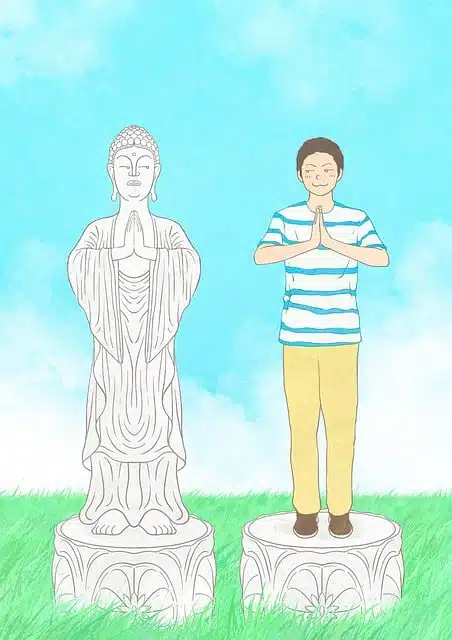
An imitation consists of copying something.
The word imitation has its origin in the Latin concept imitatio and is associated with the verb imitate . The latter refers to the action that is performed trying to copy another or taking it as an example. In this sense, an imitation is a thing or an act that is responsible for copying another, which is generally considered better or of more value.
When applied to a commercial product or an object, imitation seeks to achieve a great resemblance to the original to generate confusion or foster an illusion , thus said product will achieve an undisputed place in the market: “Those sneakers are an imitation of the latest model of Nike” , “The museum will exhibit an imitation of the famous sculpture by the Italian artist” .
Imitation also consists of doing something in the same way that another person does it, copying their style: “My uncle does a great imitation of Charles Chaplin,” “This comedian became famous for his imitation of Joaquín Sabina.”
Imitation according to Piaget
As defined by Piaget , an imitation is a sample of the intelligence that an individual possesses. He himself carried out exhaustive studies that allowed him to divide this capacity into six stages and define the concept of sensorimotor intelligence , being able to access its origin. Their studies resulted in the fact that before all learning, the way in which an individual acquires knowledge is through imitation and successive repetition of said action. At first it is a non-voluntary fact , which will later be analyzed, to only then be able to speak of learning .
According to Piaget , imitation allows the person to create a representation and transform an action into a set of images in their brain that allow them to associate situations similar to that one to make a similar response .

Imitations of Charles Chaplin are frequent.
The term in art
In ancient times, the concept was linked to mimesis , which was the imitation of nature in the field of art . Mimesis, in this sense, sought to become something that was equivalent to the origin.
Aristotle maintained that there is no art that is not an imitation. Aristotelian postulates, in fact, stated that imitation is the starting point of learning.
When it comes to poetics , there have been many theories around imitation. During the 18th century, this term was considered fundamental, together with versification (giving the word rhythm and musicality), both were essential to talk about poetry. Imitation not only referred to the reproduction of nature, but also to that of certain literary models.
The imitation of nature
Regarding the imitation of nature, it is necessary to clarify that this concept does not only have to do with the reproduction of the landscape or copy of the objects and subjects that inhabit a certain environment, but refers to a broader concept, where the actions Humanities seem fundamental and alter the environment .
To clearly discern between works of different caliber where a reproduction of nature is shown, two clear concepts were created: particular imitation and universal imitation . The first allows us to understand the object or action that is going to be represented and its consequent imitation without any type of embellishment, just as it has happened ; It consists of a naturist and faithful representation. The second, for its part, is based on a more subjective understanding of reality, showing a vision of reality guided by the poet's perception , where the objects and subjects will be around the artist's experience; In this case imitation is idealizing nature.
At this point it is necessary to clarify that since the beginning of poetry, nature has been an element or a field in which poets established themselves to express their ideas, establishing comparisons with everyday life and being able to create abstract figures through it. For all this, during the 18th century, the imitation of nature was believed to be essential for poetry, including not only purely natural elements, but also human thoughts and actions (real and fictitious) and the human, natural and divine world; considering that everything that had a spiritual and material existence fell within the concept of nature.
